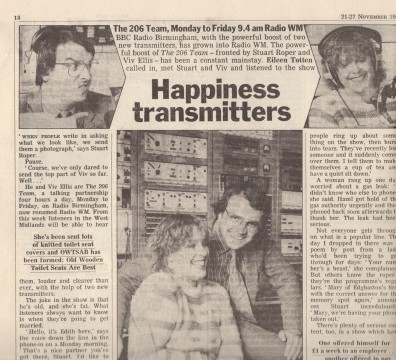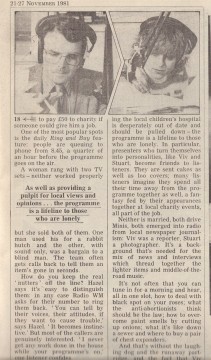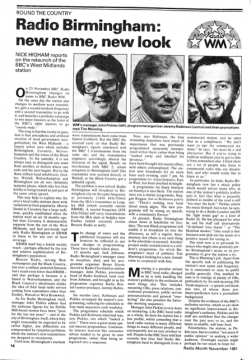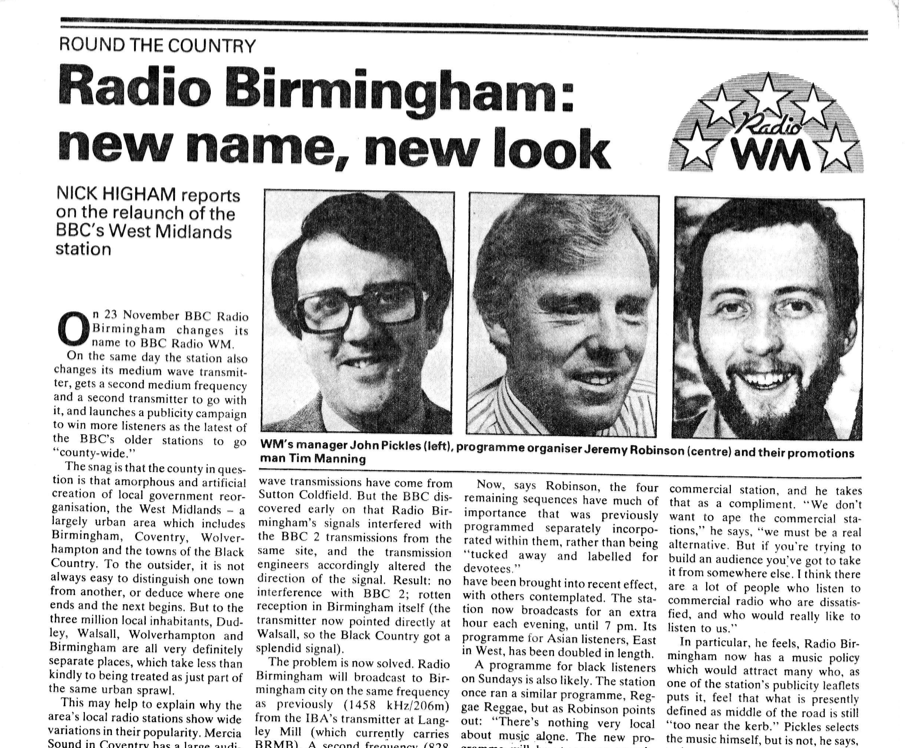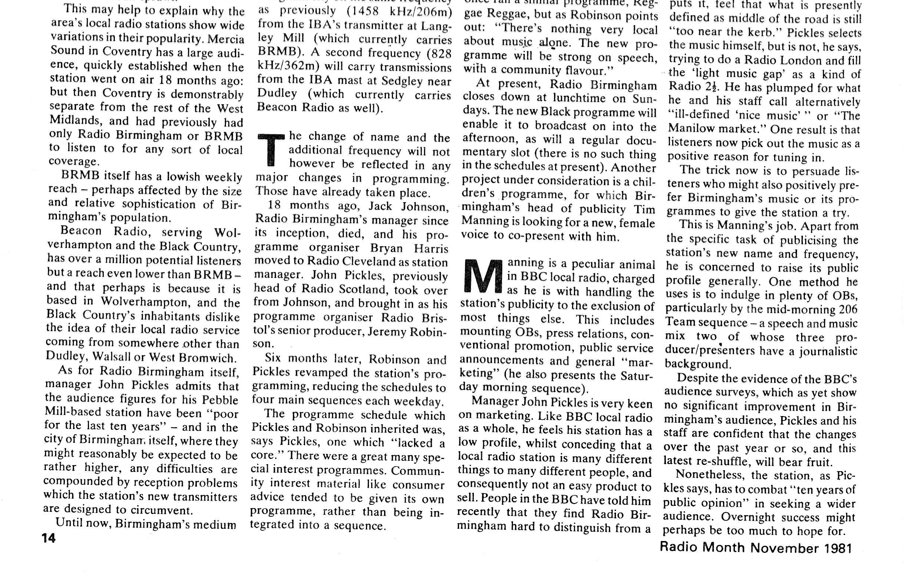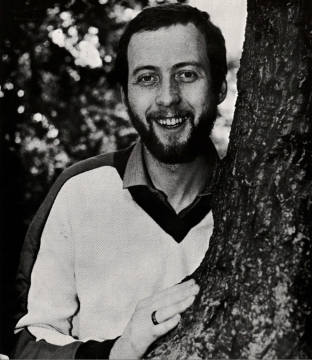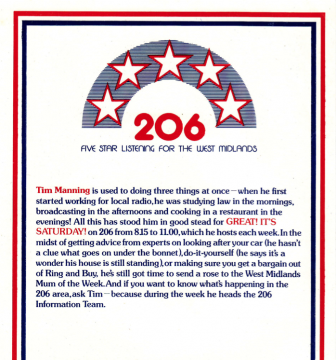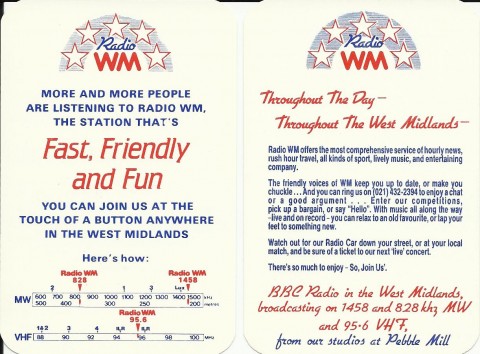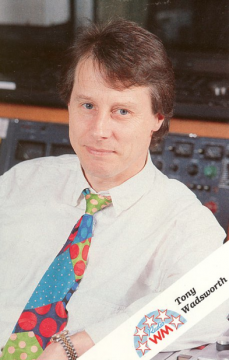
Copyright resides with the original holder, no reproduction without permission.
Tony was one half of the Radio WM, husband and wife double act, with Julie Mayer.
He began broadcasting for BBC Radio Leicester, filling in for his presenter father, Tommy, when he was on holiday. He moved on to Radio WM and became programme organiser for Radio WM in 1991, although he carried on broadcasting. He has presented Breakfast and Drive, and has won a Sony Award for his broadcasting.
Andy Walters makes the following comment about Tony:
‘Tony is a true pro. He was in management at WM for a while and was found on air at Breakfast, Drivetime and the Late Show, sometimes with his wife Julie (Mayer) at different points during his time at WM which I think spanned from 1991 to 2004. Oh, and he had worse ties than that too but we never held that against him!’
Kevin Lakin adds:
‘I used to listen a lot to the Late Show, they were a radio version of Richard & Judy … I liked the “on air ” arguments they used to have, being .. man and wife .. it was all very good. Superb radio.’
